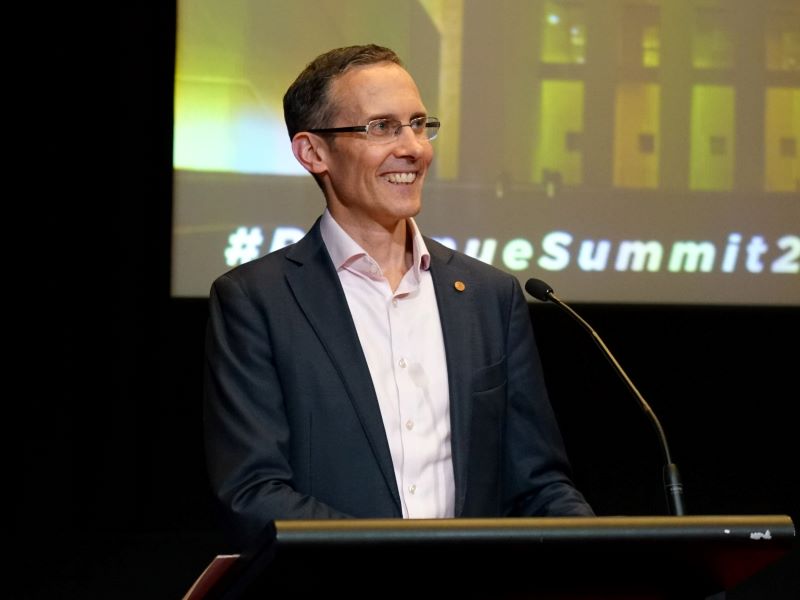Australian ministers have welcomed the first transaction between eConveyancing service providers, which paves the way for greater competition and full compatibility between their networks by the end of 2025.
Two refinancing transactions, together worth almost $1 million between Commonwealth Bank and NAB, were undertaken over the last two days in Queensland.
PEXA, which currently processes 90 per cent of all land registry transactions, was the operator responsible for completing the lodgement and financial settlement on Monday, while challenger firm Sympli did so on Tuesday.
A spokesperson for Sympli said the lodgement and settlement process was the same as would’ve been undertaken for transactions that occurred solely on its network.
Federal Assistant Minister for Competition Andrew Leigh said that “the milestone represents a significant step towards unlocking much needed competition in the eConveyancing market”.
“A move away from a monopoly service provider to robust competition is great news for consumers, who will likely see the benefits of cheaper and more innovative services,” he said.

“I would like to thank all stakeholders for their ongoing dedication to the reform which could not have been achieved without considerable contributions from industry and governments, working together through the Australian Registrars’ National Electronic Conveyancing Council.”
New South Wales Minister for Customer Service and Digital Government Jihad Dib said he was “very pleased” that the day one transactions were completed. Legislation passed in New South Wales last year gives ARNECC the power to enforce interoperability between electronic lodgement network operators.
“A move away from a monopoly service provider to robust competition is great news for consumers, who will likely see the benefits of cheaper and more innovative services,” Mr Dib said.
PEXA process 3.7 million property transactions annually, which is almost all of the transactions processed electronically. Last financial year, it generated just over $280 million in revenue.
With the completion of the ‘day one’ transactions, work on interoperability between the PEXA and Sympli systems remains on track with the Australian Registrars National Electronic Conveyancing Council’s timeline.
Last Friday, PEXA group chief customer and commercial officer Les Vance said the “after two years we have reached the point where we can test the concept of interoperability in a carefully controlled environment”.
Day two transactions will involve the rollout of interoperability capabilities to market across three releases, beginning in July 2025. This will begin in NSW and Queensland.
The NSW Independent Pricing and Regulatory Tribunal (IPART) anticipates that interoperability will enable greater competition in the Conveyancing sector, which “drives innovation, technology improvements and lower costs”.
In a submission to IPART, PEXA stated that it has “incurred $182 million to build and deliver the eConveyancing service that exists today and that it appears Sympli has spent over $95 million”.
This is vastly different to IPART’s estimate that it would cost $7.7 million to efficiently develop an electronic lodgement network. IPART argues, in a report released at the end of August, that “it is not clear that PEXA or Sympli’s costs are efficient”.
“PEXA, as the first [electronic lodgement network operator] ELNO, is likely to have encountered a costlier development path, as the requirements and protocols for eConveyancing were not necessarily known at the time of PEXA entering the market,” the report said.
“Also, both ELNOs may have invested in additional functionality that has led to higher costs.”
Appearing before a parliamentary inquiry into promoting economic dynamism, competition and business formation last month, PEXA called for a review of ARNECC’s interoperability timeline following the completion of the day one transactions.
“It is now clear that the complexity, the time required, the cost, and the impact on industry stakeholders are all significantly greater than originally assumed,” Mr Vance said at the time.
Sympli is calling for stricter enforcement of ARNECC’s interoperability timeline to ensure the capability is rolled out by 2025.
Do you know more? Contact James Riley via Email.

